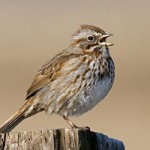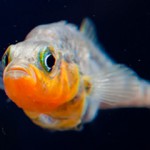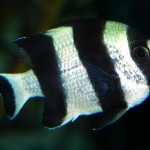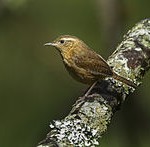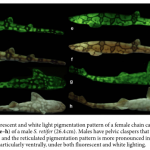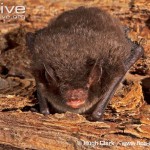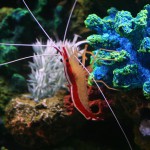Have you ever focused on one conversation at a noisy party?

The cocktail party effect is the result of optimized hearing sensors.
Source: http://www.spring.org.uk/wp-content/uploads/2009/03/party.jpg
How is it possible that you were able to filter out the other conversations around you?
In a theoretical paper published in 2015, Larimer et al. proposed that our hearing systems have been designed to amplify certain frequencies that are of importance. These researchers created a model to discuss how the amplification problem, and the physics of amplification, have created a necessity for pitch and amplification of important sounds. This selective pressure has acted as a net to filter out which genes are modified and selected for optimal hearing. The cochlea, a spiral- shaped, fluid-filled, hair-lined structure unique to mammals, provides a key model for examining how the non-linear physics of hearing has enabled certain genes to survive and produce optimal hearing sensors.

The cochlea contains hair cells stimulated by particular frequencies. Source: http://www.medel.com/img/c77aa8a6d6c03004f744541102389157.jpg
Hearing sensors have striking uniformity across the animal kingdom, particularly within mammalian species. Even the chordotonal organ in insects and non-mammalian vertebrates is genetically similar to the human cochlear hair cell. Although different environments put different constraints on animals, sound is subjected to universal laws of physics. As a result, the expression of genes like Prestin have stuck around. Their use as motor proteins allows outer hair cells in the ear to bounce up and down and amplify important sounds. These genes have been selected for across a wide range of species, despite how difficult it is for mutated genes to exist in species over time. Lorimer et. al’s explanation is that physical constraints have created a very strong selection pressure on these genes, resulting in a convergent genes for hearing sensors across species. Physics has constrained the selection space on what available genetic resources can be used so that hearing can be optimized, for example, sounds that are too soft can be amplified and sounds that are too loud can be dampened.
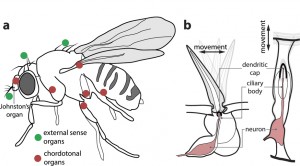
The insect chordotonal organ is strikingly similar to the mammalian cochlea. Source: http://www.nature.com/article-assets/npg/srep/2015/150728/srep12492/images_hires/w926/srep12492-f1.jpg
Lorimer et al. propose that the Hopf bifurcation theory explains how physics has exerted its constraints over genetic selection. Particularly, the Hopf Bifurcation Theory states that small inputs to a system are converted by the system into huge responses. This theory of physics can be effectively used to mathematically model small scale amplifiers that mammals use to hear which are amplified on the basilar membrane in the cochlea. In addition to optimizing the intensity of sounds, the design of the mammalian cochlea also resulted in a map of different tones which produces sound discrimination. The tuning mechanism of hair cells is enabled by size and location on the basilar membrane, as different hair cells are ‘tuned’ to certain sound frequencies and will activate nerve cells to fire signals based on the incoming sound frequency. This is evolutionarily important because in order to survive, auditory systems need to identify desired sounds in the “auditory scene”.
Hearing has independently evolved multiple times, thus our particular design of hearing is clearly very important. It is rare for random mutations to appear, however, if they do appear and stick around multiple times, this must mean that a very strong selection pressure exerted on them. So, the next time you tune out to everyone else and tune in to your conversation at a party, don’t forget to thank the Prestin gene and the pressure from physics that allowed it to survive.
Reference: Lorimer, T., Gomez, F., & Stoop, R. (2015). Mammalian cochlea as a physics guided evolution-optimized hearing sensor. Scientific Reports, 5, 12492. http://doi.org/10.1038/srep12492

